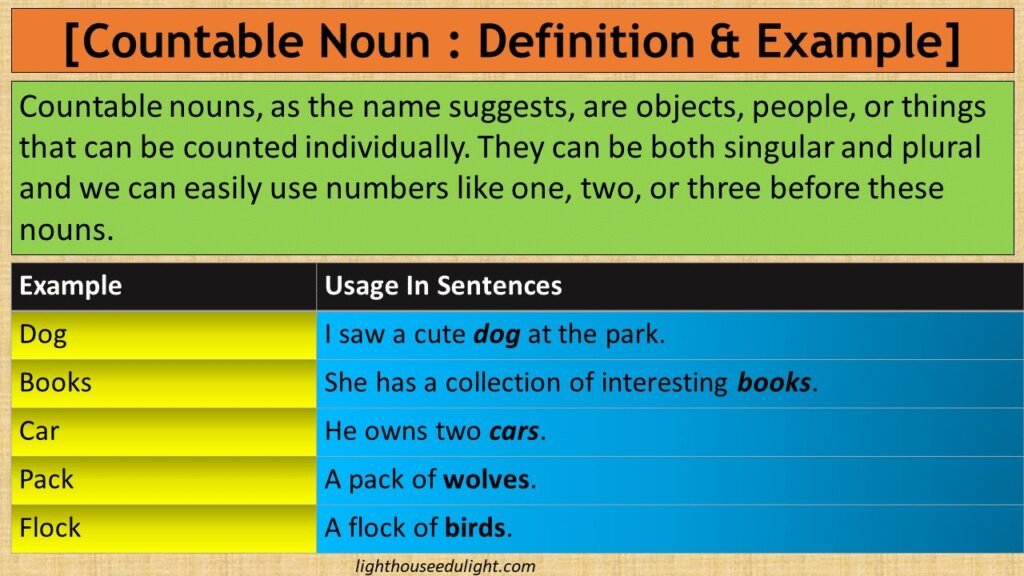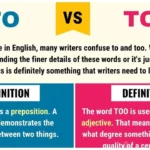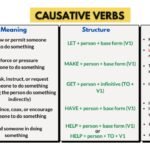Uncountable Noun: Well this is a part of Noun. Uncountable means that which cannot be counted. Now you must have understood the meaning of this Noun. Let us tell you that on the basis of Countability, nouns are divided into three parts. First Proper Noun, second Countable Noun and third Uncountable Noun. In this article we are going to talk about Uncountable Noun only.
If you are a beginner then it is very important to have basic knowledge about English Grammar. So you can get information about grammar by clicking here.
What is Uncountable Noun?
Definition: Nouns that cannot be counted but can be represented in numbers are called uncountable nouns.
Example: Water, Rise, Gold, honesty etc.
Note: The above Un-countable Noun’s can present their countable form by adding any unit before them and in this state they can be kept in singular or plural form according to the situation.
Example: Water (Uncountable Noun)
Some Uses of Uncountable Noun

Below we have tried to tell about the uses of Uncountable Noun, so that you can understand its uses very well:
[1.] “Bread” being uncountable Noun it is singular and gets singular verb. – “Bread” being an uncountable noun is singular and gets singular verb.
Example: Bread is essential for life. – Bread is essential for life.
- Bread is a staple food in many cultures.
- Fresh bread smells delicious.
- The bread is still warm from the oven.
- Bread is often served with every meal.
- Bread has been a fundamental part of diets for centuries.
- Bread is available in various types and flavors.
- The recipe calls for bread as a main ingredient.
- Bread is commonly made from wheat flour.
- Whole-grain bread is considered healthier.
- Bread is often used to make sandwiches.
Fact (1): It is made countable, adding “A loaf of / A piece of” before it. – It is made countable by adding “a loaf of / a piece of” before it.
- I bought a loaf of bread for breakfast.
- Can you get a piece of bread from the kitchen?
- She sliced a loaf of bread for the guests.
- We need a piece of bread to make the sandwich.
- He ate a whole loaf of bread by himself.
- A loaf of bread was left on the counter.
- Please pass me a piece of bread.
- We have several loaves of bread in the pantry.
- A piece of bread fell on the floor.
- The recipe requires a loaf of bread.
Fact (2): In countable form ‘it’ can be used. – In countable form ‘it’ can be used.
- I bought a loaf of bread. It is still fresh.
- She cut a piece of bread. It was for the soup.
- We have a loaf of bread in the kitchen. It is whole-wheat.
- He gave me a piece of bread. It was warm and crusty.
- The bakery has many loaves of bread. It sells them daily.
- I sliced a loaf of bread. It is now ready for sandwiches.
- We need a piece of bread for the recipe. It should be stale.
- A loaf of bread was left out. It is now covered in crumbs.
- I have a piece of bread with my meal. It is buttered.
- She bought a loaf of bread. It is artisan and delicious.
Fact (3): “Bread” Can not be changing to breads. – Bread cannot be changed to breads.
Example: He is eating one bread. (x) / He is eating a piece of bread. (✓) / He is eating five pieces of bread. (x) / He is eating five pieces of bread.(✓)
- We need to buy more bread. (not “breads”)
- They offered various types of bread. (not “breads”)
- The bakery specializes in different kinds of bread. (not “breads”)
- There are several loaves of bread on the counter. (not “breads”)
- Different breads are available at the market. (Note: “Different types of bread” is preferred)
- She baked a variety of bread for the event. (not “breads”)
- Many cultures have their own traditional breads. (Note: “Traditional bread” is clearer)
- The recipe calls for different kinds of bread. (not “breads”)
- He brought several types of bread to the party. (not “breads”)
- The store sells various bread products. (not “breads”)
[2.] “Advice” being uncountable it is singular and get’s singular verb. – “Advice” is singular because it is uncountable and is a singular verb.
Example: Your advice was good for me.
- Your advice is greatly appreciated.
- Her advice helps me make better decisions.
- The advice given by the expert was invaluable.
- His advice was crucial during the crisis.
- The manager’s advice is always insightful.
- Good advice is hard to come by.
- The counselor’s advice has proven effective.
- I value your advice on this matter.
- Their advice has been instrumental in our success.
- The advice provided in the manual is clear.
Fact (1): It is made countable adding ‘A piece of’ before it.
- Can you give me a piece of advice?
- She offered a valuable piece of advice during the meeting.
- I received a piece of advice that changed my perspective.
- He gave me a few pieces of advice on managing my time.
- Each piece of advice was relevant to the situation.
- A piece of advice from my mentor helped me succeed.
- I need a piece of advice on how to handle this problem.
- Several pieces of advice were shared at the workshop.
- That piece of advice proved to be very useful.
- The book contains many pieces of advice for entrepreneurs.
Fact (2): In countable from ‘it’ can be singular and plural according to it’s uses.
- One piece of advice is to stay organized.
- Three pieces of advice are listed in the guide.
- A piece of advice was to take regular breaks.
- Several pieces of advice were given to improve productivity.
- Each piece of advice was practical and helpful.
- I have a piece of advice for you.
- She offered multiple pieces of advice on financial planning.
- The advice given included several key points.
- A piece of advice I remember is to keep learning.
- They provided various pieces of advice during the seminar.
Fact (3): In this condition “advise” cannot be changing to advices.
Example: He has given one good advice. (x) / He has given me a piece of good advice. (✓) / He has given me five pieces of good advices. (x) / He has given me five pieces of good advice. (✓)
Note: Keep in mind that Advices are used to indicate an instruction.
Example: All the branch officers must follow the advice made by the head office. (x) / All the branch officers must follow the advices made by the head office. (✓)
- I advise you to stay focused on your goals.
- The consultant will advise you on the best course of action.
- She advises me regularly on career decisions.
- They advised us to save more money.
- He advises clients on financial planning.
- The teacher advises students on their projects.
- Can you advise me on this matter?
- We need someone who can advise us effectively.
- She has been advising the team on strategic planning.
- He advised them to seek professional help.
FAQ Of Uncountable Noun

1.What is an uncountable noun?
An uncountable noun refers to a type of noun that cannot be counted individually because it represents a substance, concept, or collective mass. Examples include water, sugar, information, and air. Uncountable nouns are generally not used with numbers directly and do not have a plural form.
2. How do uncountable nouns differ from countable nouns?
Uncountable nouns refer to things that cannot be counted as individual items (e.g., milk, advice), whereas countable nouns refer to items that can be counted (e.g., books, apples). Countable nouns have both singular and plural forms, while uncountable nouns typically do not.
3. How do you use articles with uncountable nouns?
Uncountable nouns usually do not use articles when referring to them in a general sense. However, you can use “some” or “any” for general quantities and “the” when referring to specific instances. For example:
General: “Water is essential for life.”
Specific: “The water in the bottle is cold.”
Quantitative: “Can I have some water?”
4. Can uncountable nouns be made countable?
Yes, uncountable nouns can be made countable by specifying a unit of measurement or using phrases like “a piece of,” “a cup of,” or “a loaf of.” For example:
“A piece of furniture” (furniture is usually uncountable, but specifying a unit makes it countable).
“A cup of sugar” or “a slice of bread” (sugar and bread are uncountable in general use but can be specified with a unit).
5. How do you refer to quantities of uncountable nouns?
To refer to quantities, you use expressions or measurements. For example:
- “Two cups of flour”
- “A liter of milk”
- “Several pieces of advice” (advice is uncountable but pieces can be counted)
6. Can uncountable nouns have a plural form?
Uncountable nouns generally do not have a plural form because they represent a mass or collective entity that cannot be counted individually. For instance, you say “water” rather than “waters”. Some nouns that are uncountable in one context may be countable in another (e.g., “information” is uncountable, but you can refer to “pieces of information”).
7. How do you use uncountable nouns in sentences?
Uncountable nouns are used with singular verbs and quantifiers. Examples include:
- “Sugar is sweet.”
- “Information is crucial.”
- “The air is fresh today.”
8. Are there exceptions to uncountable nouns?
Yes, some nouns can be both countable and uncountable depending on the context. For example:
“Hair” can be uncountable when referring to it in general terms (“Her hair is long.”) and countable when referring to individual strands (“I found three hairs on the floor.”).
9. Can you use “a” or “an” with uncountable nouns?
Generally, “a” or “an” is not used with uncountable nouns because these articles imply singular countable nouns. Instead, you use quantifiers like “some,” “much,” or “a bit of.” For example:
“I need some rice.” (not “I need a rice.”)
10. How do you ask questions about uncountable nouns?
To ask questions about uncountable nouns, use quantifiers or measurement terms. For example:
- “How much water is in the glass?”
- “Do you have any advice for me?”
- “How many pieces of information did you receive?”
Read Also:






